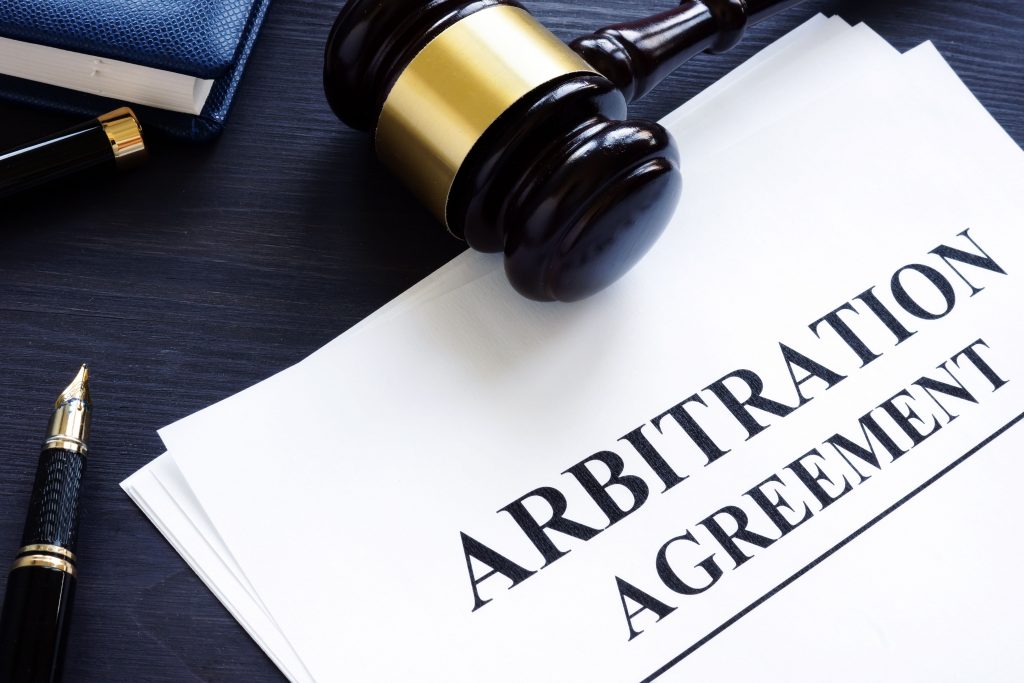A common misconception is that any and every commercial dispute can be resolved via arbitration. However, this is not the case.
Under Singapore law, some types of commercial disputes cannot be referred to arbitration. These include matters like winding up of companies, and disputes arising from the operation of statutory provisions of insolvency regimes. Such disputes are typically described as being “non-arbitrable”. If a dispute is “non-arbitrable”, they will not be able to resolve their dispute via arbitration. This is notwithstanding their having inserted an arbitration clause into their contract.
How then does one determine what is arbitrable and what law should be applied to answer this question? In the recent decision of Anupam Mittal v Westbridge Ventures II Investment Holdings [2023] SGCA 1, the Singapore Court of Appeal has held that pre-award, the law which will be applied to determine the question of subject matter arbitrability is at first instance, the law of parties’ arbitration agreement.
In so deciding, the Singapore Court of Appeal also observed that there are two scenarios where an arbitration will not be able to proceed due to lack of subject matter arbitrability.
- First, if the law of the arbitration agreement provides that the subject matter of the dispute cannot be arbitrated.
- Second, if Singapore law as the law of the seat of the arbitration considers the dispute to be non-arbitrable. This is even if under the law of the arbitration agreement, the subject matter of the dispute can be arbitrated.
What do the terms “law of the arbitration agreement” and “law of the seat of the arbitration” mean and what is the difference between the two? What is the practical implication of the Anupam decision for those in the commercial space?
- The law of the arbitration agreement: Arbitration agreements are viewed as being independent and separate from the substantive contracts in which they appear. They are in effect, a contract within a contract, and are subject to their own governing law. If the governing law of the arbitration agreement is not expressly stated, as is usually the case, the Singapore court will have to look for an implied choice of law, or else the system of law which has the closest connection with the arbitration agreement.
- The seat of the arbitration: This refers to the place where the arbitration is deemed to have legally taken place. This is not necessarily the same as the law of the arbitration agreement.
These may come across as being esoteric terms of art. However, the seat of the arbitration is significant as often, procedural matters are governed by and determined by the law of the seat and as the decision in Anupam shows, the law of the arbitration agreement could well make or break a party’s ability to initiate arbitration proceedings.
Governing law and dispute resolution clauses are often considered “midnight clauses” and parties seldom pay any attention, if at all, to the preparation of these provisions. More often than not, these are subject to “cut and paste” treatment with parties cutting and pasting these clauses from precedents or existing templates.
However, if parties are considering the inclusion of an arbitration clause, prudence calls for a careful review of the nature of parties’ relationship and the types of disputes which are likely to arise. Parties should also consider taking legal advice on the drafting of their intended arbitration clause, lest they subsequently discover that their arbitration clause is without teeth or find themselves expending significant time and costs sorting out jurisdictional issues.
For further information, please contact:
 | Mary-Anne ChuaPartner JTJB Singapore Office |
|---|

